Imagine planning your dream vacation with just a few clicks, yet ending up at the North Pole instead of a sunny beach – a clear sign that digital marketing in the tourism industry needs a revamp! In this fast-paced digital era, the tourism sector is evolving rapidly, with innovative marketing strategies becoming essential for attracting tech-savvy travelers. Here at Plerdy, we understand the pulse of this dynamic industry. We’re diving deep into the world of digital marketing for tourism, revealing six game-changing strategies that can transform browsers into travelers. Stay tuned to learn how Plerdy’s insights can help tailor your digital approach, ensuring your travel business doesn’t just take off but soars high online!

Understanding Traveler’s Digital Journey
“Ever wondered why some travelers book a luxury safari while others opt for a backpacking adventure? The secret lies in understanding the traveler’s digital journey. It’s a path paved with preferences, influenced by a series of digital touchpoints. Together, we can explore the possibilities of digital marketing for the travel and tourist industry.
Mobile Apps in Tourism
The first pitstop in our digital expedition is mobile applications. In a world where smartphones are travel companions, apps like TripAdvisor and Viator play a pivotal role in decision-making. These platforms are more than just tools; they are digital concierges guiding tourists through a sea of choices. They offer convenience, user-generated reviews, and the power to book an entire trip from the palm of a hand. A study by eMarketer shows that over 58% of smartphone users have downloaded travel-related apps. These statistics underscore the importance of mobile apps in shaping travel decisions and experiences.
SEO and Google’s Role
Next, we navigate the realm of Search Engine Optimization (SEO) and Google’s influence. When travelers type ‘best beach destinations’ or ‘top city tours’ into Google, they are met with many options. Here, SEO comes into play, determining which options appear first. A well-optimized travel website, rich in keywords and quality content, can top the search results, attracting more eyeballs and potential bookings. Google’s algorithms, focused on relevance and user experience, can make or break a tourism business’s online visibility. According to Moz, a leading SEO tool, the first page of Google captures 71% of search traffic clicks. This statistic highlights the crucial role of SEO in ensuring a travel business gets noticed in the digital space.
The traveler’s digital journey is complex yet navigable. With the right tools, like mobile apps and SEO strategies, tourism businesses can map this journey and become an integral part of it. Embrace these digital avenues and watch your tourism business soar to new heights, reaching travelers just a click away from their next adventure.
Leveraging Data for Targeted Marketing
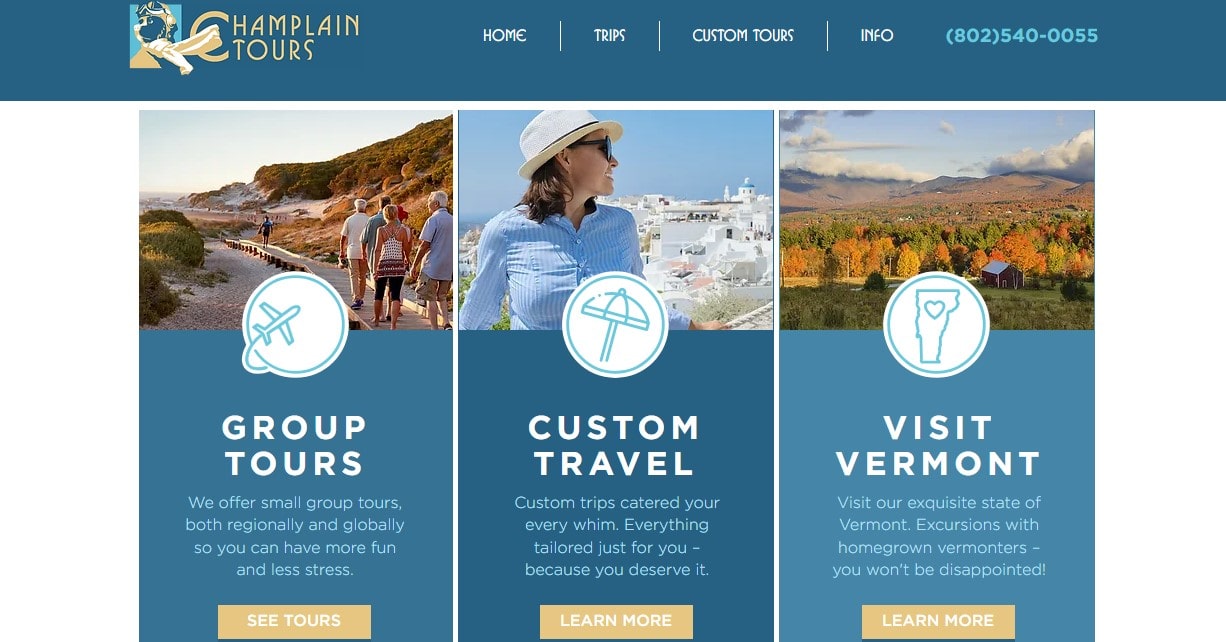
Data is the new compass in the digital marketing journey, guiding tourism businesses to the treasure trove of targeted marketing. Tourism marketers can plot a course straight to their ideal customer’s hearts and minds by understanding and leveraging data. Let’s dive into how data transforms a scattergun approach into a precision-targeted strategy.
Analytics for Personalization
Personalization is the beacon of modern marketing, and data analytics is its lighthouse. By analyzing data from various sources, tourism businesses can understand travelers’ preferences, behaviors, and patterns. Tools like Google Analytics provide insights into website visitors’ demographics, interests, and online behavior, enabling businesses to tailor their offerings and messages. According to a Salesforce survey, 76% of consumers expect businesses to know their needs and expectations. This expectation makes personalization a nice-to-have and a must-have in the tourism industry.
Decision-Making Through Data
Data also plays a crucial role in informed decision-making. Businesses can strategically decide where to deploy resources for maximum impact by measuring and evaluating key performance indicators or KPIs. For example, a tourism company may increase its investment in mobile app development if statistics indicate that a sizable percentage of website traffic originates from mobile devices. Likewise, data on peak booking times and popular destinations can guide marketing campaign scheduling and content focus. As per a Data & Marketing Association report, data-driven marketing strategies are likely to increase ROI, with 53% of marketers claiming a moderate to significant increase.
Using data to inform digital marketing is like properly pointing to the tourism sector. It ensures that marketing efforts are not just shots in the dark but are guided by the beacon of customer insights. By harnessing the power of data, tourism businesses can embark on a growth journey, reaching the right customer, with the right message, at the right time.”
Engaging Content Strategies
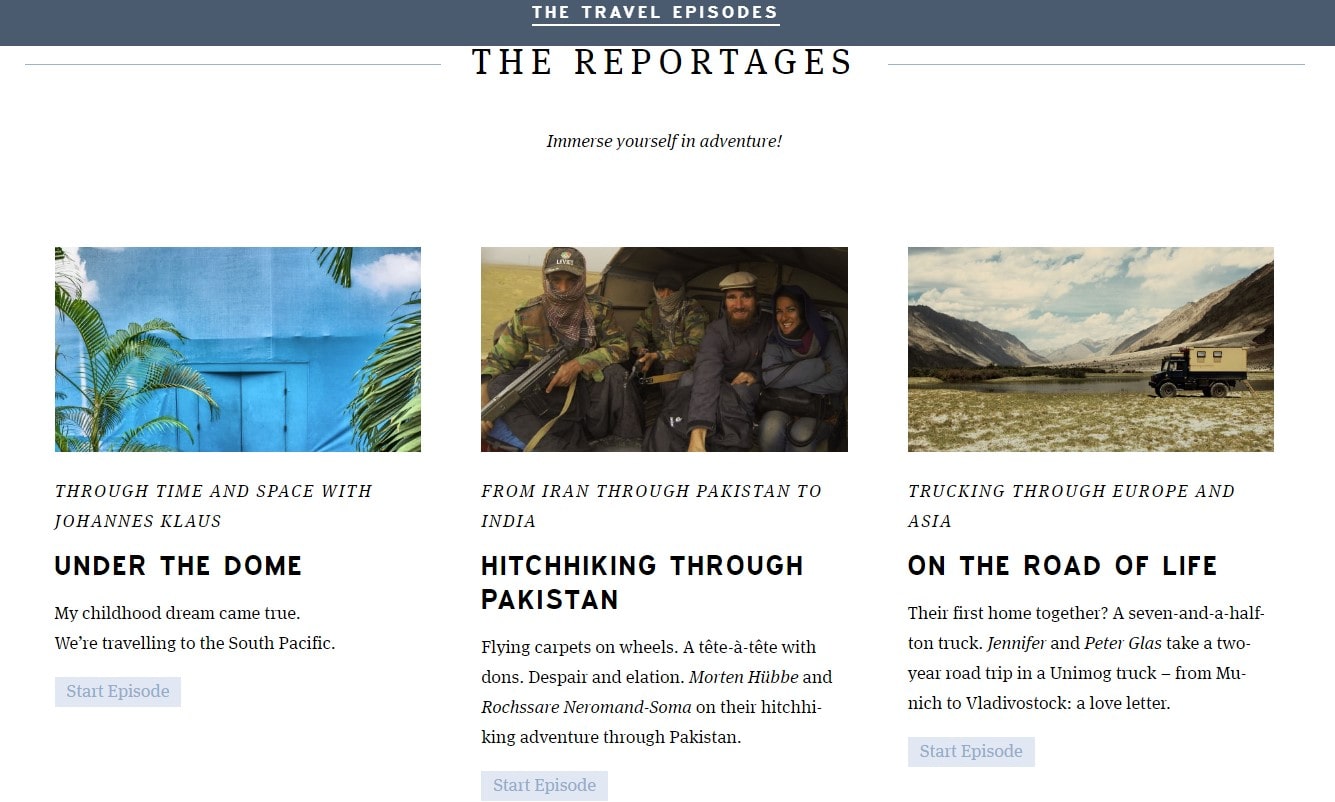
In the fast-paced world of digital marketing, content is king, especially for the travel and tourism industry. Engaging content tells a story and builds a connection with the audience, turning casual browsers into avid travelers. Let’s explore how content can be the golden ticket to captivating and retaining customers in the tourism sector.
Importance of Blogs
Blogs are the storytellers of the digital marketing world, painting vivid pictures of destinations and experiences. For the tourism industry, blogging is not just about sharing information; it’s about crafting narratives that evoke emotions and inspire action. A well-written blog can transport readers to sandy beaches or bustling city streets, all from the comfort of their homes. HubSpot reports that businesses with blogs receive 55% more website traffic than those without. This statistic highlights the power of blogs in driving traffic and engaging potential travelers.
Leveraging User-Generated Content
User-generated content (UGC) is gold for the travel and tourism sector. It includes photos, videos, reviews, and stories shared by travelers. This authentic content builds trust and credibility, as it comes directly from fellow travelers. UGC acts as social proof, showcasing real experiences and fostering community. A survey by Stackla reveals that 79% say UGC highly impacts their purchasing decisions. By incorporating UGC, tourism businesses can create a more relatable and trustworthy brand image.
Remember that engaging content is the heart of digital marketing in tourism. It’s about creating a blend of informative blogs and authentic UGC that resonates with the audience. This strategy attracts and retains customers, setting the stage for lasting relationships in the travel world. Engaging content is not just about selling a destination; it’s about creating an experience that starts from the first click and continues beyond the journey.
The Power of Social Marketing in Tourism
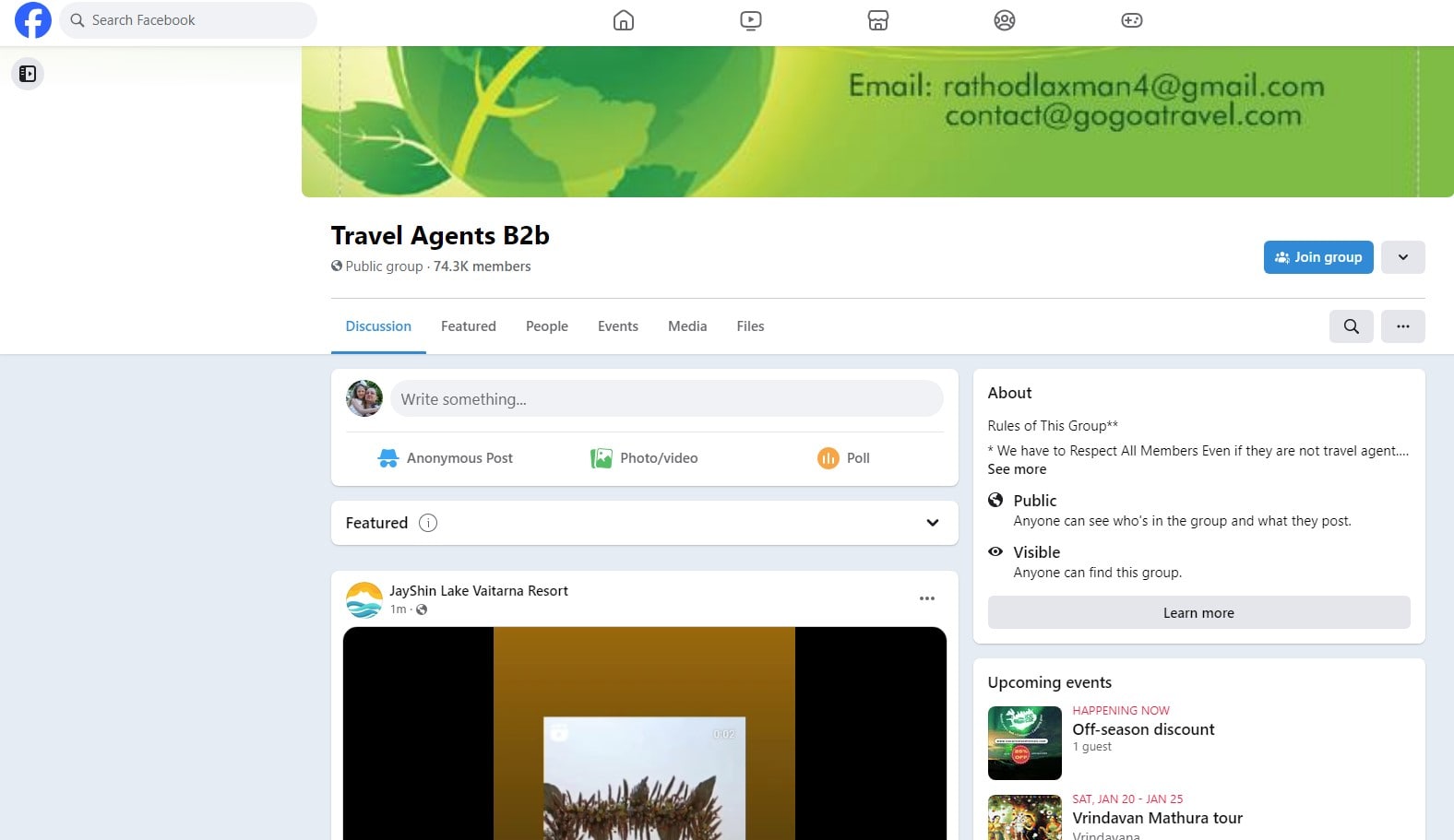
Social media serves as a dynamic marketplace for the tourist industry in the context of digital marketing, allowing companies to promote their destinations and establish connections with passengers worldwide. This digital tool transforms simple interactions like likes and shares into concrete bookings and unforgettable adventures. Delving into the effective use of social media in digital marketing reveals its potential to significantly enhance the tourism industry’s online footprint.
Selecting the Optimal Platforms for Tourism Marketing
The journey through social media for effective tourism and digital marketing involves picking platforms that resonate with your target audience. Instagram and Pinterest, as visual storyboards, are perfect for displaying breathtaking tourism spots, while Facebook and Twitter excel in fostering engagement through content and conversations. Sprout Social’s findings indicate that 40% of millennials opt for travel destinations based on their ‘Instagrammability,’ highlighting the compelling influence of visually-oriented platforms in tourism marketing. A well-planned presence on these platforms is crucial for tapping into the desired market.
Influencer Marketing’s Role in Tourism and Digital Marketing
Influencer marketing has been a game-changer in promoting tourism through digital marketing strategies. Collaborations with influencers can significantly boost a destination’s allure by weaving authentic narratives and personal experiences. These influencers provide material that connects with their followers and gives travel advertising a more human touch. MediaKix’s research reveals that 89% of marketers find influencer marketing’s ROI on par with or surpassing other marketing channels, underlining its effectiveness in enhancing tourism and digital marketing efforts.
The impact of social media in tourism and digital marketing is profound, providing a platform to connect, engage, and inspire potential travelers. By strategically selecting relevant platforms and capitalizing on influencer partnerships, businesses in the tourism sector can exploit this power to reach broader audiences and imprint lasting memories. Social media in tourism marketing is not just about content dissemination; it’s about cultivating a community centered around a destination, transforming each post and story into a potential exploration adventure.
Enhancing Customer Engagement
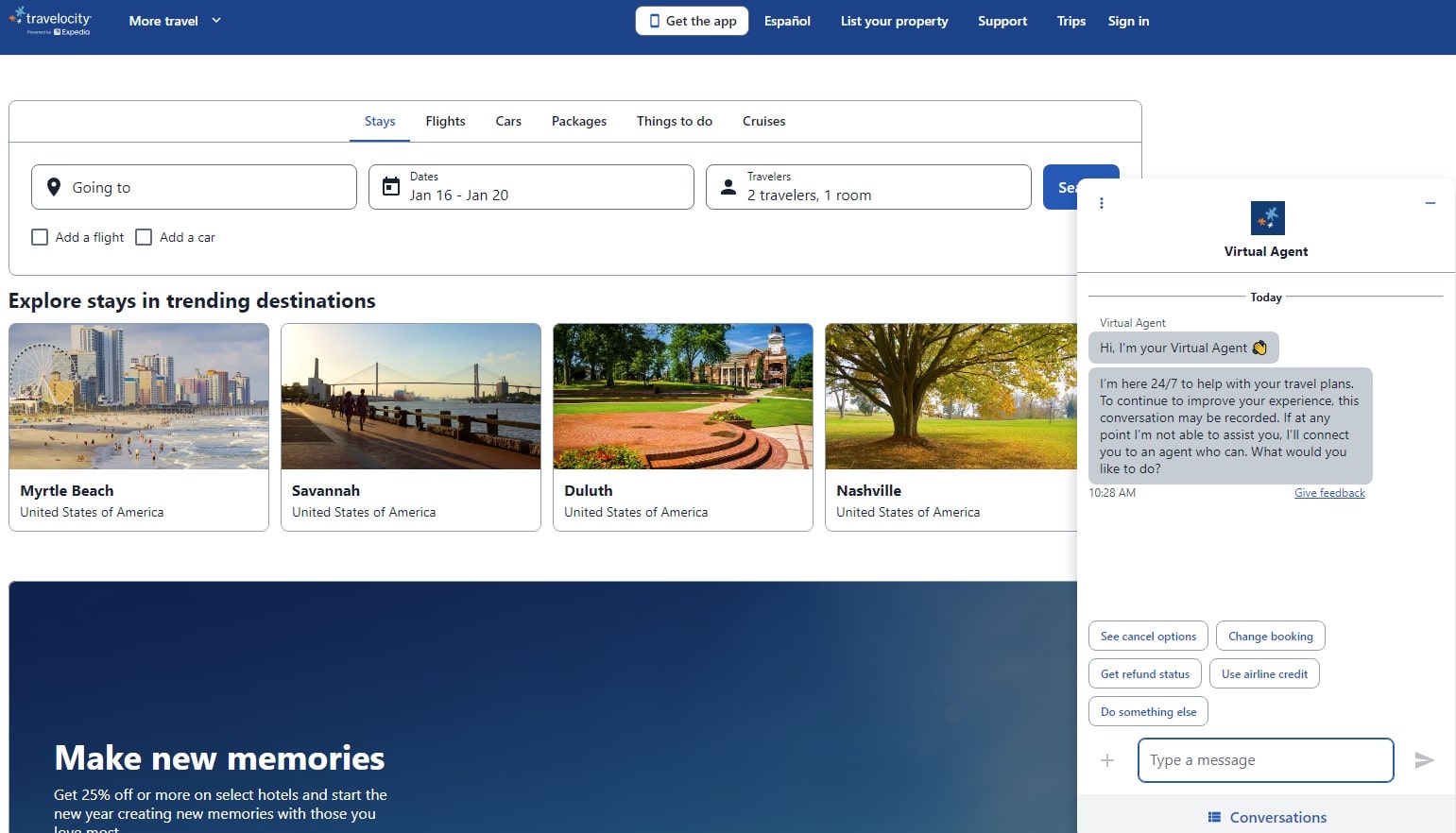
In the dynamic landscape of digital tourism, engaging with customers is not just about capturing their attention; it’s about creating an immersive experience that keeps them coming back for more. Enhanced customer engagement can transform passive viewers into active participants and loyal patrons. Let’s explore the tools and strategies that make this possible.
Chatbots and Customer Service
Chatbots have revolutionized customer service in the tourism industry. These AI-powered assistants provide immediate responses to inquiries, offer personalized recommendations, and are available 24/7, ensuring no customer query goes unanswered. A report by Grand View Research highlights that the global chatbot market is expected to reach USD 1.25 billion by 2025, reflecting the growing reliance on this technology for enhancing customer service. Chatbots streamline interactions and gather valuable data to personalize the customer experience further.
Email Marketing Strategies
Email marketing remains a powerful tool for engaging customers. It’s a direct line to your audience, perfect for sending tailored offers, updates, and content that resonates with their interests. Personalization is key here. Email list segmentation based on consumer behavior and preferences can increase engagement and open rates. According to Campaign Monitor, segmented email campaigns can lead to a 760% increase in revenue. This strategy ensures that clients get pertinent information that promotes more engagement with your company.
Enhancing customer engagement in the tourism industry combines technology with a personal touch. Tools like chatbots provide efficient, round-the-clock customer service, while personalized email marketing nurtures the customer relationship. These strategies aren’t just about promoting destinations; they’re about creating a journey that starts with the first click and evolves into a lasting relationship. By leveraging these tools, tourism businesses can ensure that each interaction is not just a transaction but a step toward building a loyal customer base.
Emerging Technologies in Tourism Marketing
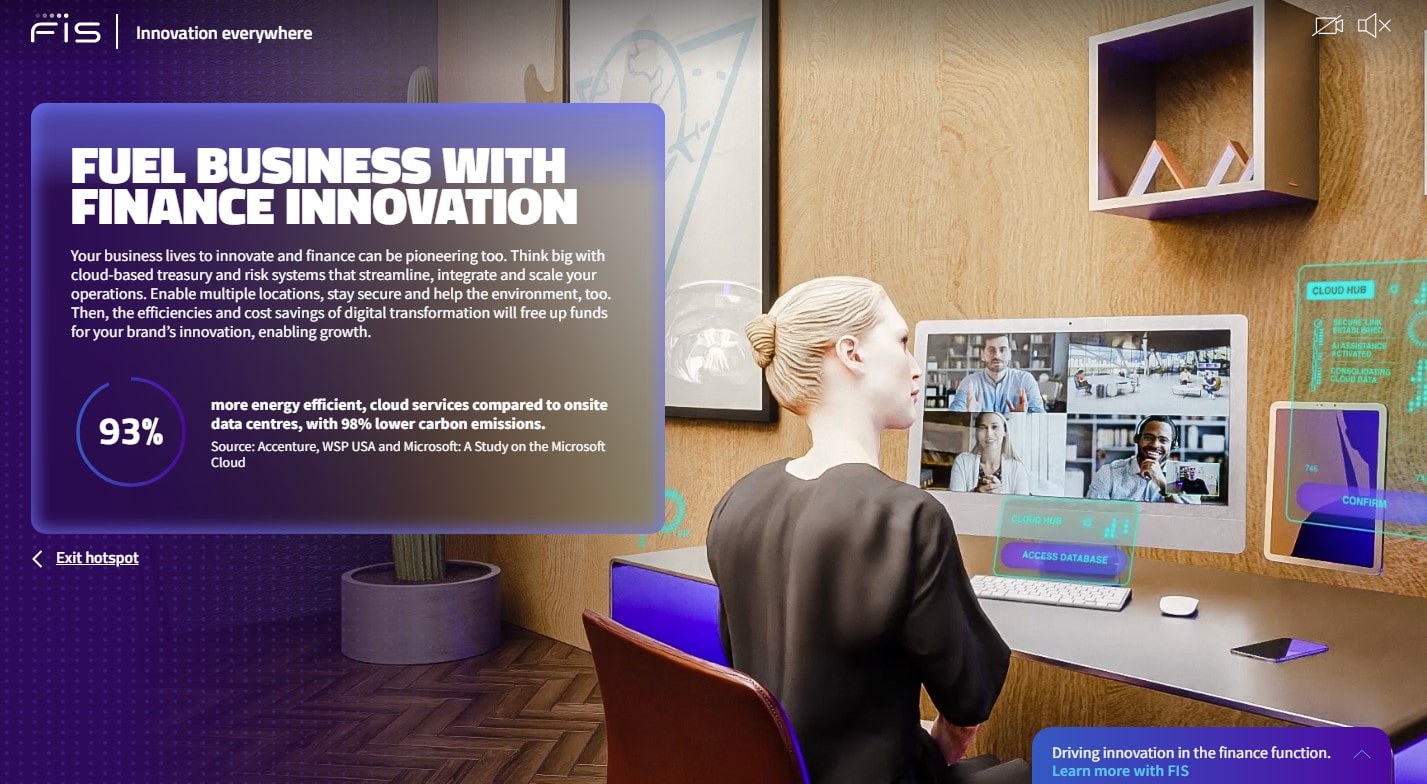
The tourism industry is on the brink of a technological revolution, where emerging technologies are not just additions but essential elements that redefine the travel experience. Technology is reshaping how we market and experience travel, from virtual reality tours to AI-driven personalized suggestions. Let’s delve into how these technologies set new benchmarks in tourism marketing.
Augmented and Virtual Reality
Virtual reality (VR) and augmented reality (AR) are revolutionizing how prospective tourists research locations before deciding where to go. Imagine offering a virtual tour of a Parisian street or the beaches of Bali right from a user’s living room. The AR and VR markets are predicted to grow to $209.2 billion by 2022, according to a Statista analysis, demonstrating the enormous potential these technologies hold for improving customer engagement and conversion.
AI in Marketing
Artificial Intelligence (AI) in tourism marketing has become a game-changer. Through consumer data analysis, AI systems can forecast future travel trends, optimize pricing schemes, and provide highly tailored travel suggestions. A study by Adobe shows that 28% of leading marketers are using AI for product recommendations and personalization. Moreover, as discussed earlier, AI chatbots are redefining customer service, making interactions more efficient and data-driven.
Emerging technologies like AR, VR, and AI are futuristic concepts and current tools that are revolutionizing the tourism marketing landscape. They offer immersive experiences, personalized interactions, and insights that traditional marketing tools cannot match. By embracing these technologies, tourism marketers can attract and amaze their audience, offering them a glimpse into the future of travel. As we move forward, it’s clear that integrating these technologies is not an option but a necessity to stay ahead in the rapidly evolving world of tourism marketing.
Conclusion
As we come to the end of our exploration of the exciting realm of digital marketing for travel, keep in mind that the goal is to create unforgettable experiences that begin with a single click, rather than only showcasing destinations. The power of targeted marketing, engaging content, social media influence, and cutting-edge technologies like AR and AI aren’t just trends; they’re essentials in crafting a traveler’s journey. Curious to explore more innovative marketing insights? Dive into the Plerdy blog for a treasure trove of strategies to elevate your business. Let Plerdy be your compass in the ever-evolving digital marketing landscape, guiding you toward success in the tourism industry.


 300+ G2 reviews
300+ G2 reviews